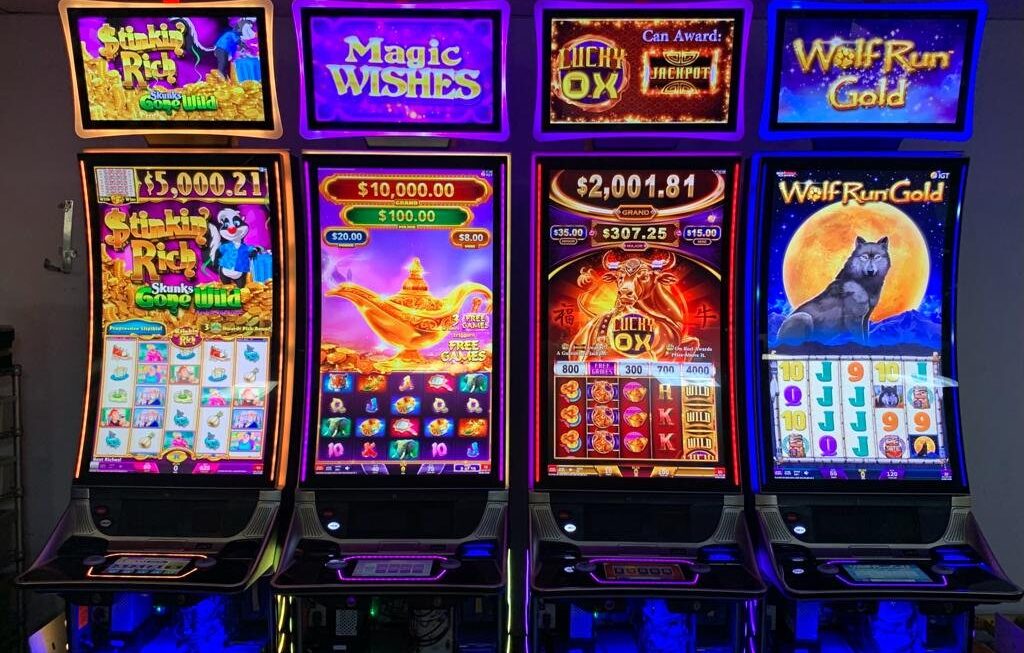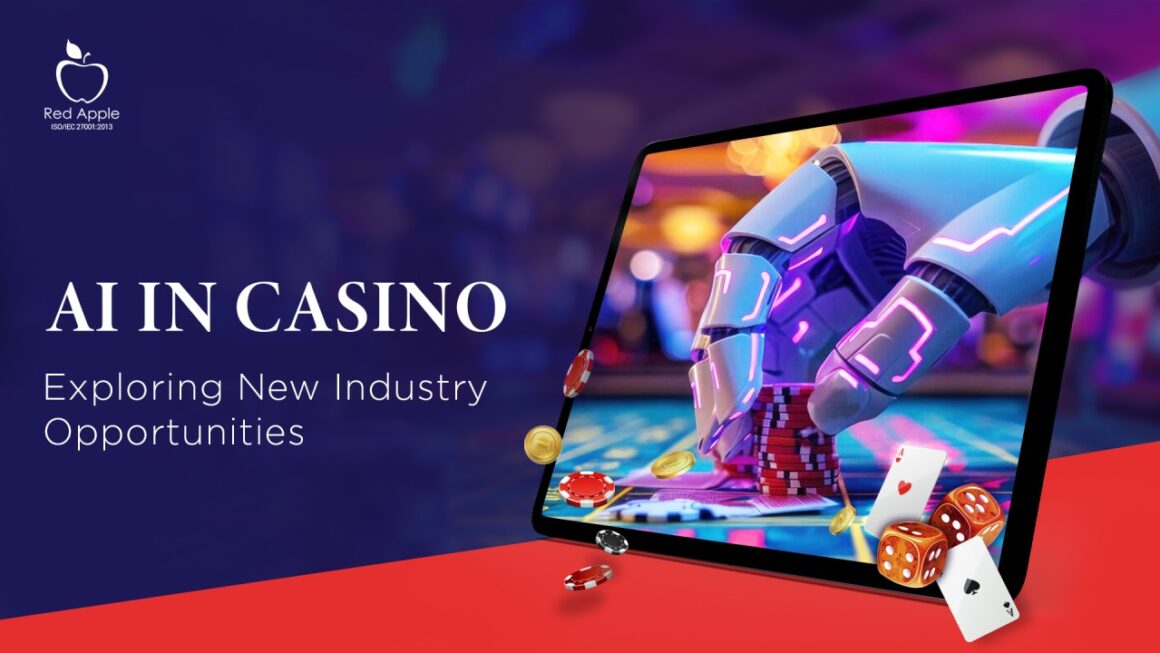Introduction
halo (2003) game icons banners Combat Evolved revolutionized the first-person shooter genre and left an indelible mark on gaming culture. As one of the most influential games of its time, Halo (2003) not only set new standards for gameplay and storytelling but also introduced a suite of iconic imagery that continues to captivate fans. Game icons and banners, central to the Halo experience, have become symbols of the game’s legacy, serving both as a tribute to its artistic design and as marketing tools that enhance player engagement. This article delves into the evolution of these game icons and banners, explores the design principles behind them, and provides insights on where to find and how to showcase these iconic images.
1. The Evolution of Halo (2003) Game Icons
1.1. The Origin of Halo Icons
The release of Halo: Combat Evolved in 2003 marked a significant milestone in the gaming industry. The game’s distinctive visual style and memorable characters quickly established a strong identity, partly through its iconic imagery. At the core of this visual language were the game’s symbols, such as the recognizable silhouette of Master Chief, the emblematic Covenant symbols, and the enduring UNSC insignia. These icons were not just decorative; they played a crucial role in the game’s narrative and gameplay. The design of these icons drew inspiration from both military and sci-fi aesthetics, blending them to create a unique visual identity that resonated with players.
Master Chief, for example, became an enduring symbol of heroism and strength. His Spartan armor, with its distinctive green color and helmet, was designed to stand out in both gameplay and promotional materials. Similarly, the Covenant’s symbols—like the Elite’s purple insignia—were crafted to evoke a sense of alien technology and otherworldliness. This attention to detail ensured that these icons were not only visually appealing but also deeply connected to the game’s lore and its expansive universe.
1.2. Iconic Symbols and Imagery
Over the years, several symbols from Halo (2003) have become synonymous with the game itself. The Master Chief’s helmet, often displayed in a bold green hue, remains one of the most recognizable video game images. The Covenant’s alien symbols, with their intricate designs and exotic colors, also capture the imagination of fans. These icons were meticulously crafted to reflect the game’s narrative and the contrasting factions within its universe. The UNSC’s emblem, with its military precision and clean lines, contrasted sharply with the more chaotic and alien designs of the Covenant.
These symbols have endured beyond the game’s initial release, appearing in various media and merchandise related to the Halo franchise. Their continued use in sequels, spin-offs, and fan art speaks to their lasting impact and the strong connection players feel with these visual elements. The ability of these icons to convey complex themes and emotions through simple imagery is a testament to the skill of the designers who created them.
1.3. The Role of Icons in Gameplay and Marketing
Icons in Halo: Combat Evolved serve multiple purposes. In gameplay, they help players quickly identify characters, factions, and objectives, enhancing the immersive experience. The clarity and distinctiveness of these symbols make them functional elements that contribute to the game’s strategic depth. For instance, the recognizable HUD icons for health, ammunition, and enemies help players make split-second decisions during intense firefights.
In marketing, these icons have been leveraged to build brand recognition and connect with fans. From game covers to promotional posters, the use of iconic imagery has been crucial in establishing the game’s identity and appealing to its audience. Halo’s marketing campaigns have effectively utilized these symbols to evoke nostalgia and excitement, ensuring that the game’s visual language remains ingrained in the collective memory of its player base.
2. Designing Halo (2003) Game Banners
2.1. Elements of Effective Game Banners
Creating a compelling game banner requires a keen understanding of design principles and an appreciation for the game’s visual style. Effective banners for Halo (2003) typically incorporate key elements such as the game’s distinctive color palette, fonts, and imagery. The use of bold, vibrant colors that reflect the game’s atmosphere is essential in capturing attention and conveying the game’s energy. Additionally, the inclusion of iconic symbols, such as the Master Chief or Covenant insignia, helps to immediately identify the banner as part of the Halo universe.
The design should also consider the balance between visual appeal and functionality. A banner that is too cluttered may overwhelm viewers, while a minimalistic design may fail to capture the essence of the game. Achieving a balance involves strategically placing key elements and ensuring that they complement each other without distracting from the main message or aesthetic.
2.2. Techniques for Creating Engaging Banners
To create engaging Halo (2003) banners, designers can employ various techniques and tools. Digital design software like Adobe Photoshop and Illustrator are popular choices for crafting high-quality banners. These tools offer a range of features that allow designers to manipulate images, adjust colors, and experiment with different fonts and layouts.
Designers should also pay attention to trends in banner design and adapt their approach accordingly. For instance, incorporating dynamic elements such as gradients or motion effects can add a modern touch to the design. Additionally, leveraging fan feedback and examining successful banner examples can provide valuable insights into what resonates with the audience.
2.3. Case Studies of Notable Halo (2003) Banners
Examining successful Halo (2003) banners offers valuable lessons for aspiring designers. One notable example is the banner used for the game’s initial launch, which featured a dramatic image of Master Chief against a backdrop of alien landscapes. This design effectively captured the game’s epic scope and introduced players to its central protagonist. Another example is the promotional banner for the game’s anniversary edition, which skillfully blended nostalgic elements with modern design techniques.
These case studies highlight the importance of aligning the banner design with the game’s themes and audience expectations. By analyzing what worked well in these examples, designers can gain insights into effective design strategies and apply them to their own projects.
3. Where to Find Halo (2003) Game Icons and Banners
3.1. Official Sources and Merchandise
For fans and collectors seeking official Halo (2003) game icons and banners, various sources are available. The official Halo website and online stores offer a range of merchandise featuring game icons and banners. This includes everything from posters and prints to digital downloads. Purchasing from official sources ensures that the designs are authentic and high-quality, reflecting the game’s original aesthetic.
Additionally, official merchandise often includes limited-edition items that feature exclusive designs or artwork. These can be valuable additions to any collection and provide fans with unique ways to celebrate their favorite game.
3.2. Community Creations and Fan Art
The Halo community is vibrant and creative, with many fans producing their own game icons and banners. Platforms such as DeviantArt, Reddit, and various Halo fan forums showcase a wide array of custom designs. These community creations often reflect the individual styles and interpretations of fans, offering a diverse range of banners and icons that can complement official designs.
Engaging with fan art not only provides access to unique and creative designs but also fosters a sense of connection with the broader Halo community. Many fan-created banners and icons celebrate personal experiences with the game and contribute to its enduring legacy.
3.3. Legal Considerations and Usage Rights
When using Halo (2003) icons and banners, it is important to be aware of legal considerations and usage rights. The game’s imagery is protected by intellectual property laws, and unauthorized use of these designs can lead to legal issues. Fans should always respect copyright and trademark laws when creating or sharing their own designs.
For those interested in using official icons and banners, obtaining permission from the rights holders or purchasing licensed merchandise is recommended. This ensures that the usage complies with legal requirements and supports the continued development of the Halo franchise.
4. Showcasing Halo (2003) Icons and Banners
4.1. Digital Displays and Online Profiles
Halo (2003) icons and banners can be effectively showcased through digital displays and online profiles. Many fans use these designs to personalize their social media profiles, gaming accounts, and digital platforms. Incorporating these elements can enhance the visual appeal of profiles and create a cohesive online presence that reflects one’s enthusiasm for the game.
When using icons and banners online, it is important to ensure that the designs are appropriately sized and formatted for the platform. Optimizing image quality and resolution helps maintain visual impact and prevents distortion.
4.2. Merchandise and Physical Displays
In addition to digital uses, Halo (2003) icons and banners can be featured on physical merchandise and displays. Custom-printed posters, T-shirts, and other items provide fans with tangible ways to celebrate the game. High-quality prints and carefully crafted merchandise can serve as focal points in gaming rooms or collections.
Designers and enthusiasts can work with printing services to create custom items that feature their favorite icons and banners. This process often involves selecting the right materials and ensuring that the print quality meets expectations.
4.3. Community Events and Fan Gatherings
Community events and fan gatherings provide opportunities to showcase Halo (2003) icons and banners in a social setting. Whether at gaming conventions, fan meetups, or themed parties, these designs can enhance the atmosphere and celebrate the game’s legacy. Banners and icons can be used for event decorations, promotional materials, and interactive displays.
Successful integration of Halo (2003) designs into events requires careful planning and coordination. Ensuring that the designs align with the event’s theme and purpose can enhance the overall experience and foster a sense of community among attendees.


